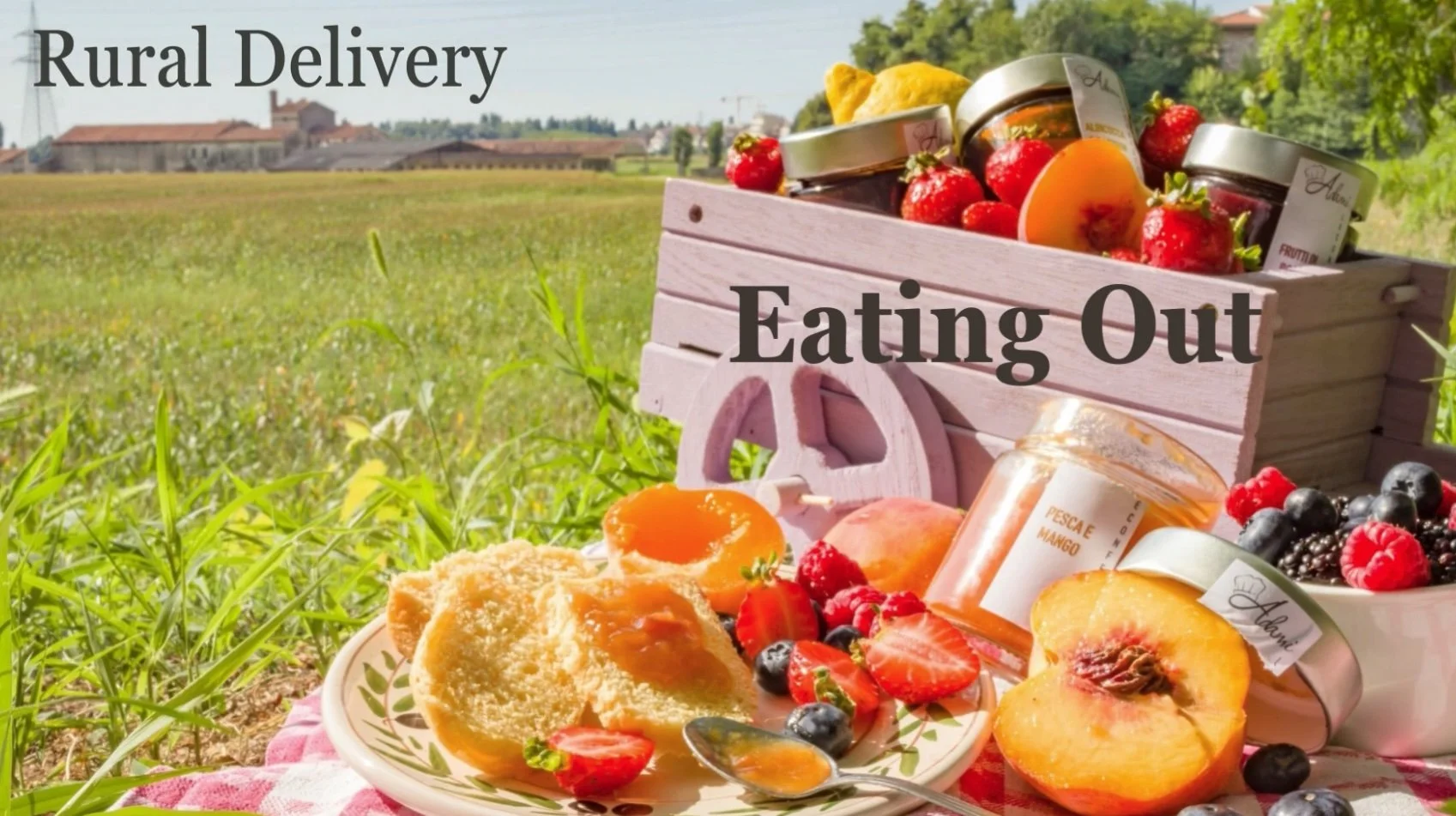Folks in rural America eat out more often than their city cousins.
By "eat out," I mean eating outside in the shade of a tree, or under the sun or beneath a silvery moon. Sometimes we call it a picnic; mostly it's just a lunch or some supper taken outdoors because we're tired of being in the car, or the house, or because we happen to be working in the fields or fishing a stream or hiking in the woods.
We eat out more often because we're outdoors more often, and one of the best things about rural America is it's a good place to be out-of-doors.
Picnicking used to be a popular recreation all over America. Barbara Holland, in her book Wasn't the Grass Greener?, reflects on what it was like 20 years ago and how things have changed:
"The banks of the Schuylkill River in Philadelphia flowered for miles with families lunching on the grass, like an endless French painting unscrolling around the river bends. All the inner-city picnickers were dressed as if for a party, fresh in the springtime colors and prints, punctuated here and there with puffs of barbecue smoke. Now joggers and runners, scowling, pound back and forth on the grassy banks and the lunchers are gone. The picnic's day is done."
With all the other forms of entertainment available to us, Holland laments that we "no longer care to spread a cloth at the cliff's edge and eat and drink together and throw our crumbs to the seagulls."
Holland probably hasn't gotten out of town lately, because there's still a lot of picnicking going on hereabouts. Maybe we're not dressed in our Sunday best, but we still have family picnics in the park and pack a lunch with us when we're going to cut firewood or take a horseback ride. It's not the same, or as frequent, as it was before air conditioned homes and entertainment systems and fast food restaurants, but the urge to eat out survives, even if it's just out on our own back deck.
Picnics are still associated with lazy Sunday afternoon trips to the seashore or a riverside park and a hamper full of sandwiches, cold meats and lemonade. They can also mean flies and ants and yellowjackets, hide-and-seek in the brush, softball games on the lawn, loud boomboxes from the party next door, scratched legs and bruises, and, finally, exhaustion and a sleep in the car on the way home.
The origin of the word "picnic" is something of a mystery. It first appeared in France in the late 16th century as "pique-nique" but was not used in England until after 1800. Originally, picnics were social events where each guest provided a share of the food, sort of like a potluck. Later, picnics became associated with outdoor excursions to a place in the country where friends would meet and share provisions.
Today's picnics are more often a family celebration in the back yard than lunch in a meadow, but we also picnic at outdoor concerts and reunion gatherings and off the tailgate of a pickup truck before football games.
Professional caterer and cooking teacher DeeDee Stovel has compiled a contemporary book of picnic recipes and menus, simply titled Picnic, which demonstrates how resilient the practice of picnicking can be and how creative approaches to eating outdoors can add romance and adventure to the outing.
How about a moonlight picnic on a mountaintop or an apres-ski picnic? Pack a lunch for berry-picking or a canoe trip or a walk along the beach.
While writing the book, Stovel asked friends and acquaintances to reflect on their favorite picnics. Invariably, their heads would tilt back, their eyes would close and a smile would creep across their faces.
"Picnics nourish the body, mind, and soul," Stovel observed.



